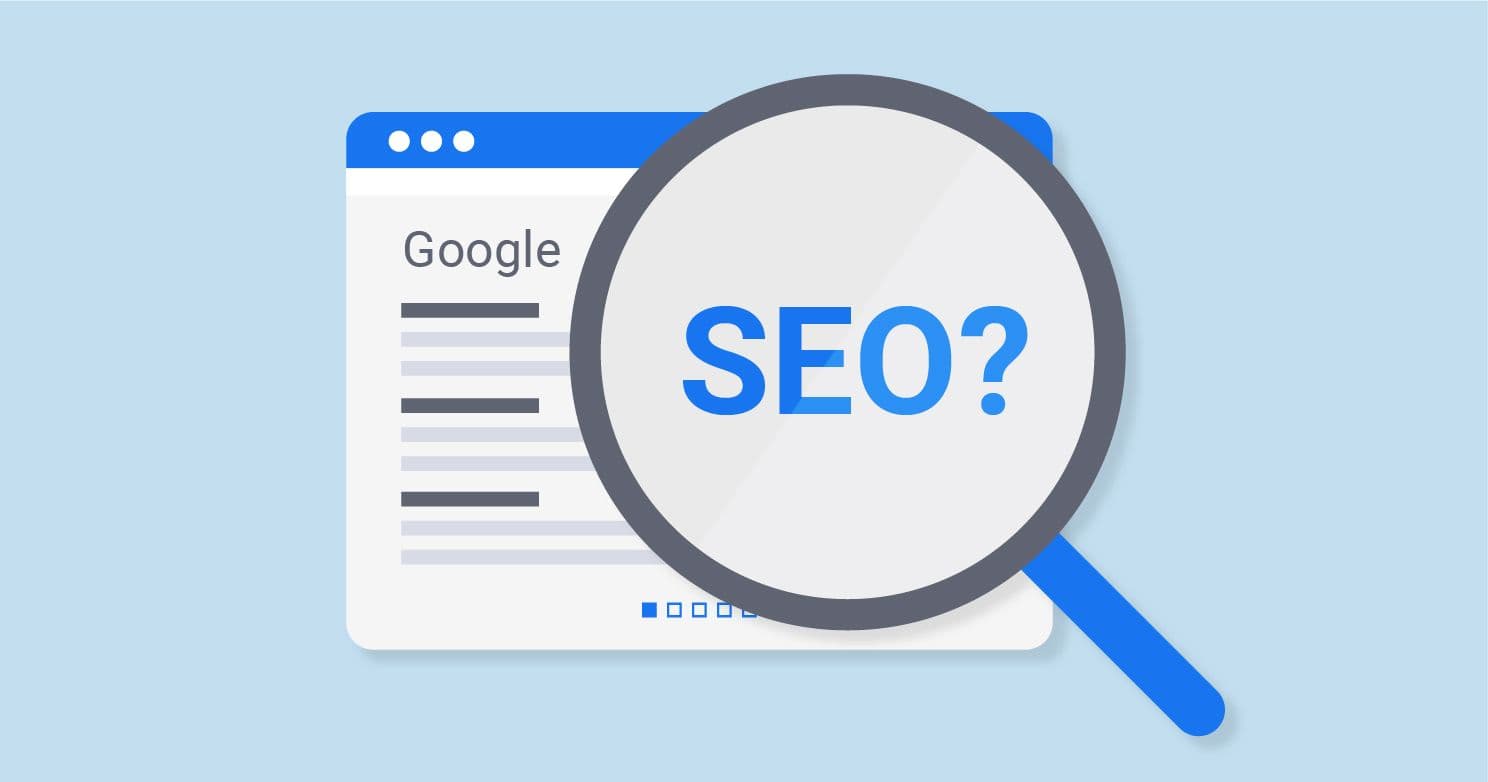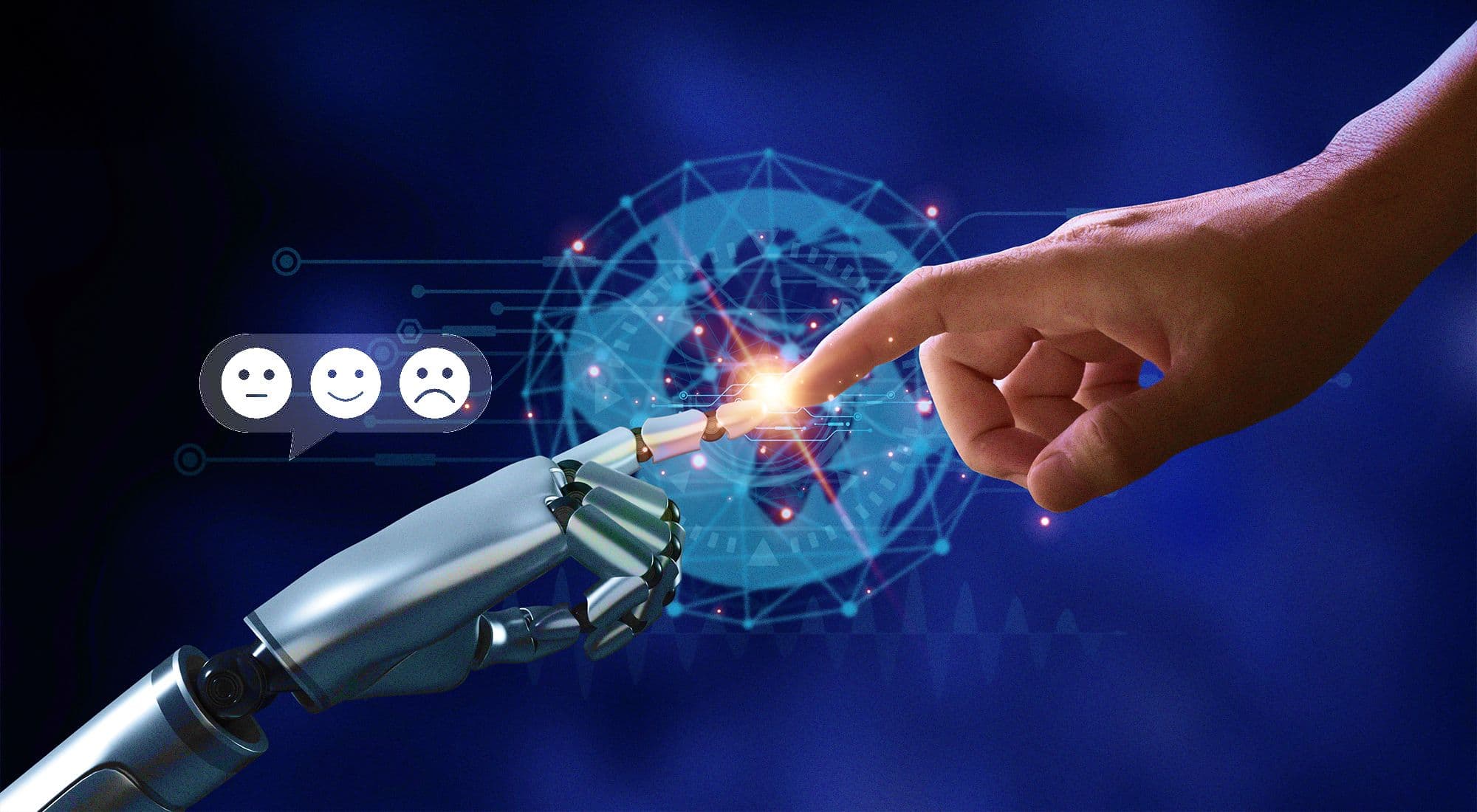In 2025, the best way to improve Search Engine Optimization (SEO) isn’t just using AI or just using humans; it’s a mix of both. We should let AI do the fast work, research, and organizing, while humans focus on being creative, making good decisions, and ensuring the content is trustworthy. This needs to be backed up by a detailed publishing checklist.
Why This Matters Now
The rise of AI writing tools has changed how quickly and easily we can create content. One person using modern AI can write many draft articles in a week, something that used to take a whole team. However, producing content quickly can be risky. Search engines and users are not impressed with generic, mass-produced content. Instead, they prefer content that is deep, original, and shows expertise.
The real challenge is figuring out how to use AI’s speed while keeping the quality that makes content valuable. AI itself isn’t the problem; poor quality pages that are repetitive and unreliable are. In 2025, it’s all about finding the right balance between machines and humans.
What Search Engines Care About
Search engines don’t care if content was written by a human or AI. They care about whether the page meets user needs, answers questions thoroughly, and shows originality and credibility. A good way to think about this is through three key ideas: usefulness, originality, and E-E-A-T (experience, expertise, authoritativeness, and trustworthiness). If a page is missing any of these, it’s likely to struggle.

This means the SEO team shouldn’t think of it as AI against humans. The real goal is to make sure the reader leaves happy and that the page passes quality checks. Pages that provide original information, show clear expertise, and present trustworthy content are the ones that succeed.
Where AI Helps and Where Humans Are Needed
AI has some clear benefits. It can quickly put together research, create outlines, and write a lot of text. It can also help with things like product descriptions and summarizing studies. For teams, this means they can work faster, experiment more, and save money.

But AI alone has its weaknesses. It can miss important details, make up facts, and can’t replace personal experiences. Real stories from customers, checking financial claims, or capturing a brand's unique voice all need human input. In important areas like health, finance, or law, having a human review is not just helpful; it’s required by law.
The best content in 2025 will come from teamwork. AI will draft the content while humans will improve it. AI will organize, and humans will evaluate. AI will speed up production, and humans will add the trust that search engines look for.
How the Hybrid Workflow Works
In a practical hybrid system, everyone has a specific role. A strategist decides on topics and goals. AI is then used to summarize what competitors are doing, create an outline, and draft a version that includes verification tags. Subject matter experts review this draft, fixing weak points with reliable information and adding real examples. Editors ensure the writing fits the brand's voice, and publishers check the technical aspects for SEO and accessibility. Finally, analysts look at the results to improve the process.
The time it takes to complete this process varies based on the complexity of the content. A simple product description might take a couple of hours from draft to publication, while a complex medical guide could take several days, with multiple human reviews. It’s important to focus on quality, not just speed, to ensure every published page meets the standards of usefulness, originality, and E-E-A-T.
Governance and Risk Management
Without proper checks, AI-generated content can become repetitive and low-quality. To avoid this, publishers need to set guidelines. Content can be classified as low, medium, or high risk. Low-risk content, like product details, can use more AI automation. High-risk content, such as legal or medical information, needs more human reviews and legal checks. Regular audits should be done to identify weak or poorly performing pages, and it should be logged who verified what and when.
Having these guidelines turns AI from a potential problem into a helpful tool. It makes sure that speed does not compromise quality and that larger amounts of content do not sacrifice credibility.
Measuring If the Hybrid System Works
To see if the hybrid system is effective, teams need to conduct experiments. A simple way to do this is to publish similar sets of content, some written entirely by humans and others created with AI drafts that have been improved by experts and editors and then compare their performance over time.
Key measurements include how many people visit the page, its ranking, click rates, and conversion rates. It’s also important to keep track of costs. The goal is to show that combining AI and human work can achieve the same or better results at a lower cost while maintaining trust with the audience.
Over 90 days, these experiments will show the best types of pages where AI can help produce valuable content, and where human input is essential.
Conclusion
In 2025, there’s no need to choose between AI and humans. The best SEO strategies use both. Let AI provide speed and structure, while humans add judgment and authority. Make sure to follow guidelines that check facts, ensure originality, and meet E-E-A-T standards. This hybrid system will create content that not only ranks well but also lasts. In a time when everyone has access to AI, trust and originality are what truly set content apart. Do you want a trained team to help you with this? Reach out to us today
